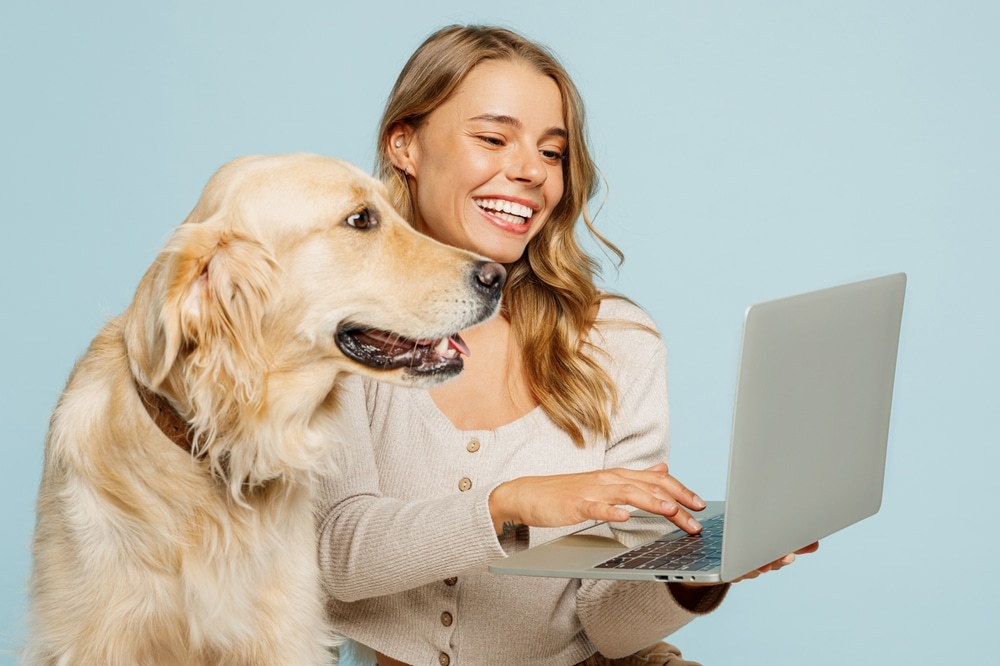According to Grandview Research, North America dominated the pet grooming market segment at 51.2% in 2019. Globally, the research firm expects pet grooming to reach $14.46 billion by 2025.
Though if you’re a dog groomer, you don’t need a research report to tell you it’s a great time to be a groomer. If you’re like a lot of groomers, you spend your days brushing, clipping, and beribboning dogs to help them look and feel their best.
You know regular bathing gets rid of dirt and frequently brushing long fur helps it stay healthy and prevents tangles. As a groomer, you might study skin health, breed cuts, and much more.
Yet, you might wonder about the tools of the trade. Which are the best dog grooming clippers, for example? Or what do you need in your starter dog grooming toolkit? Do you need special software to run your grooming business?
To find out, I spoke with Nicole Kallish, Global Education Manager at Andis Company pet grooming supplies, and Andrea Miller, Business Development Advocate at Daysmart Pet software, makers of the leading dog grooming software.
How to Choose the Best Pet Professional Grooming Tools and Supplies
There are dog grooming tools meant for at-home grooming maintenance and professional-grade pet grooming supplies. As a dog groomer, you want the latter because they’re designed for heavy use.
You’ll also want to make sure your clippers, shears, and other tools are the right size for your hands and the right type for the dog you’re grooming. As you know, a Shih Tzu requires a different approach than a standard poodle.
When you consider the array of grooming tools available, you’ll want to consider what you have already, what types of dogs you groom the most, any special techniques you wish to offer, and how the individual tools feel in your hands. For example, Kallish says shears come with different style handles. Some are curved, and others are flat, but it’s primarily up to you which one works best for you. How does it feel in your hand? Will it achieve your goal with the coat?
Dog grooming tools can range widely in price, but the price isn’t the only consideration. Sometimes, you’ll find you like using an $89 tool better than the $400 version. There’s room for personal preferences.
Pet groomers will consider reliability, weight, the curve of the handle, corded vs. no cord clippers, as well as the type of dog they tend to groom.
Groomers who see a high concentration of “bath dogs” vs. long-haired pups have different needs. Both need a good shampoo, bathtub, and dryer, but the first groomer won’t need as many different types of blades as the groomer who sees many dogs with more fur.

Basic Dog Grooming Toolkit
Beginning groomers have different needs than more seasoned pet groomers. Not only are you learning all the breed haircuts and other techniques, but you might feel bewildered by the array of tools.
Which ones do you most need when you’re starting? Nicole Kallish, a pet groomer and educator at Andis Company, shared her insight into a starter dog grooming toolkit.
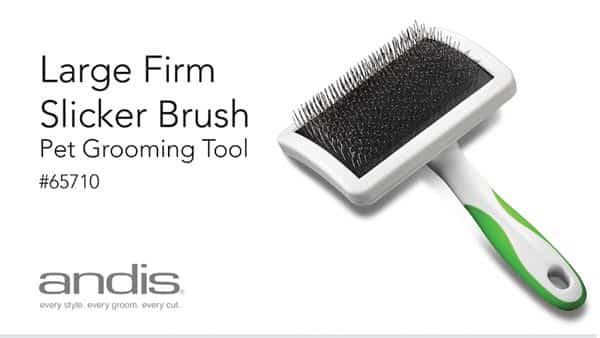
- Slicker brush – Some of these have softer pads, some stiffer pins, some have really long pins for dogs with a long coat. You’ll want to add sizes and types of slicker brushes over time, but you can start with one or two.
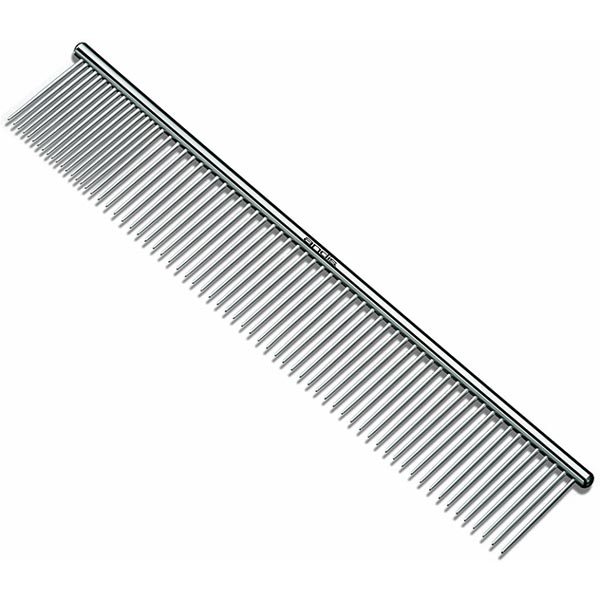
- Stainless steel comb – Again, they come in different sizes and styles. Some have even teeth. Some have staggered teeth. There are combs used to de-mat tangled fur, combs used on poodle coats, and others have finer teeth meant for finishing a dog’s coat. Like grooming brushes, you’ll want to add to your comb collection over time. Andis offers a 7 ½ inch and a 10 inch.
Kallish says, “You could start grooming with only a slicker brush and stainless steel comb.”
Ideally, though, you’d also invest in some shears.
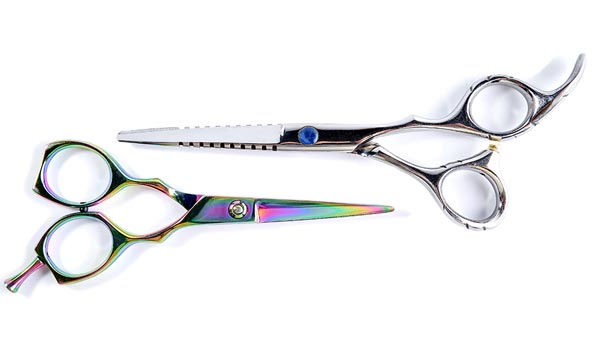
- Shears – Come in different lengths for different size dogs. They can have different types of handles and have other purposes. For example, offset handles, even handles, swivel thumbs, for different size hands and preferences. Some shears are meant for thinning hair, while others are general purpose. Most groomers will find themselves reaching for straight grooming scissors as an excellent all-purpose tool.
Ideally, you can pick them up and see how they feel in your hand. Like chef’s knives, shears have a personal preference aspect to them.
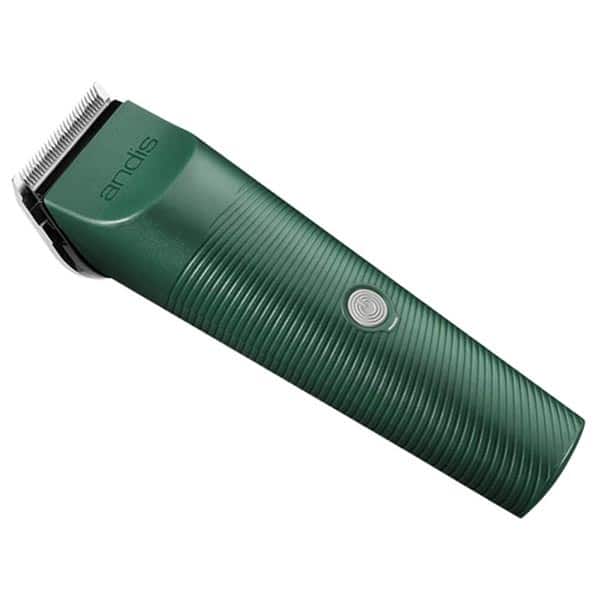
- Clippers – A detachable blade clipper lets you change the blade for different fur lengths. You can fit attachment combs over a #10 blade for a longer, finished coat that looks show-worthy. Nicole says she prefers stainless steel attachments. “They go through the coat easier than plastic.”
You can choose corded clippers or cordless these days, but make sure you buy professional-grade clippers, so they’re made to last.
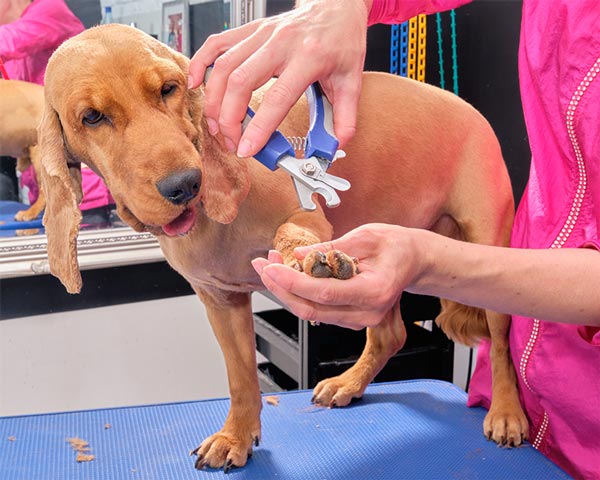
- Nail clippers- Every pet needs their nails trimmed, so having a good pair of nail clippers will help you do an excellent job on them.
Additional Items for Your Dog Grooming Toolkit
Every groomer adds tools to their repertoire over time. Different types of combs, brushes, shears, and blades all have their place in the grooming toolkit.
Nicole recommends adding:
- Adjustable blade clipper it’s easier for specific tasks. Smaller than typical clippers, you can adjust the blade up and down for different lengths, and you’ll use it for more precise work such as shaving paw pads, doing a sanitary trim, doing a poodle face, or feet shave.
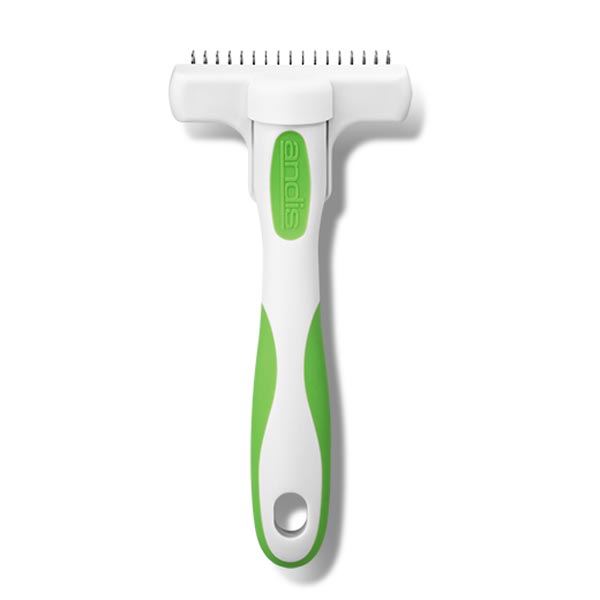
- Deshedding rakes – It’s easier to de-shed with a rake. You can use them on dogs of all types like labs, goldens, and other breeds.
Additional:
Combs/brushes/detachable blades – Nicole says, “your clipper usually comes with a #10 blade, and you’ll want to get backups. For example, a #4 blade, #5 blade, #7 blade, a #30 and #40 blades are must-haves. That way, you’ll have the right sizes for different types of coats.
Something else to consider is that detachable blades get hot. If you have a few sets, you can put one down to cool and switch out. This approach is beneficial for a newer groomer who’s slower at grooming dogs.
She also recommends a nail grinder. “It smooths nails. I had no idea how useful it would be until I started using it.”
Dog Grooming Tools for Specific Breeds
With nearly 200 dog breeds recognized by the AKC plus all the mixed pups out there, there’s a lot of variety in pooches. Some weigh almost 200 pounds and have a short coat (Mastiff breeds), there are your high-maintenance dogs like Afghans and Lhasa Apsos, and there are dozens in between.
Some dogs are double-coated, and others have a wiry coat. Then there are breed-specific haircuts. With all those differences, it makes sense that different breeds require different grooming tools.
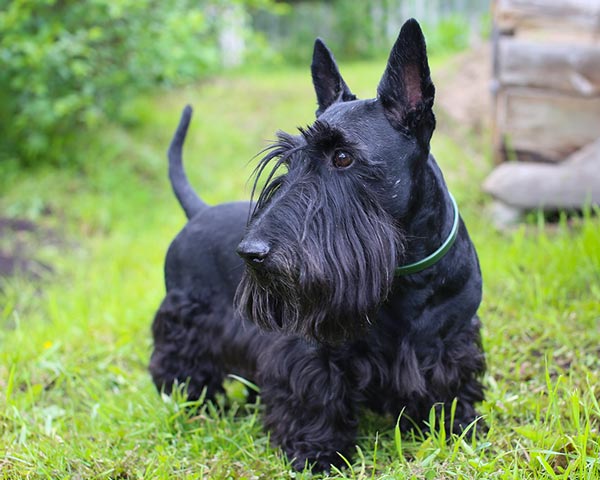
Grooming Tools for Wire Haired Dogs
Terrier breeds have a wiry coat requiring a different approach to their groom than a Golden Retriever coat. Many dog groomers will use clippers to taper and clean up the coat. Others specialize in the more involved hand stripping, which helps keep the colors looking vibrant. In some cases, a groomer will do a combination of clipping and hand stripping specific markings.
Whichever approach you choose, you’ll need your basic groomer’s toolkit of a slicker brush, comb, and clippers. You’ll also need carding tools that you use to remove the loose fur under the topcoat. A carding knife will strip out that loose fur and help the coat lay flat. Otherwise, the coat can look fuzzy, and the dog will go home to shed excess fur.
If you incorporate stripping knives, stones, and carding tools and techniques into your grooms, your clients will appreciate the way their dog looks. In addition to terrier breeds, you can use these tools and techniques on cocker spaniels, schnauzers, and other wiry breeds.
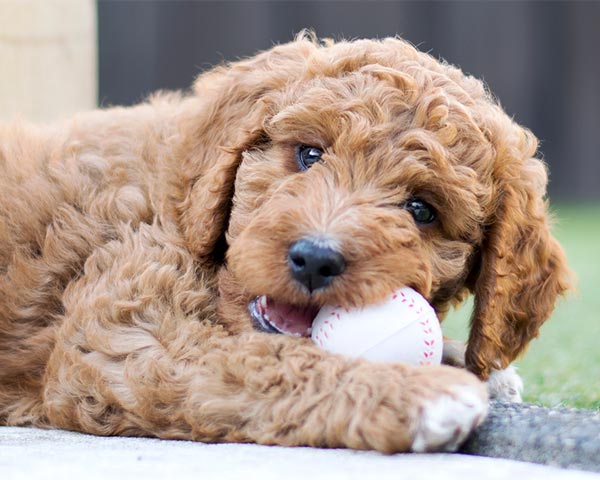
Grooming Tools for Doodles
Unlike poodles, doodles encompass dozens of different breed mixes. As Nicole Kallish, the Andis educator, says, “There are so many types of coats. It’s dependent on the mix and what they got in the gene lottery. Some have fleecy coats, others have wiry fur, some have a poodle coat, and others are long. You have to assess each coat individually to determine the way you’ll approach the groom.”
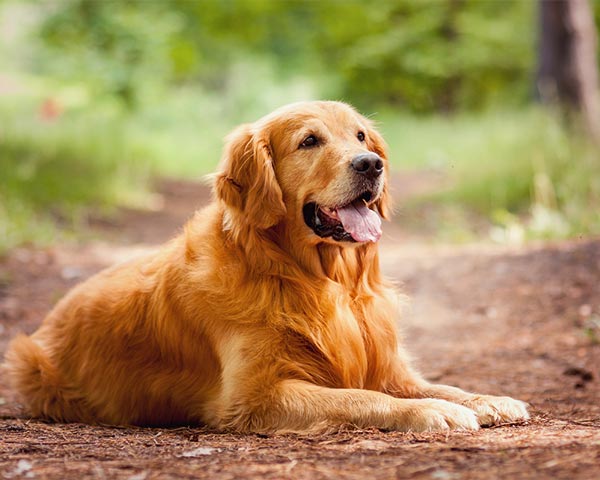
Tools for Double Coated Coats
Some cold-weather breeds have a double coat which adds another layer of grooming. Kallish says a lot of groomers start with a high-velocity dryer to blow the undercoat. You can do this even before the bath to get rid of loose fur.
She says, “It’s a good way to start because it’s a lot of work. Next, you de-shed with a rake.”
If it’s badly matted, you might have to take the clippers and shave the dog down. Matted fur is bad for the dog’s skin because it’s not getting the airflow it needs to stay healthy.
The Key to a Good Groom is In Your Prep
Kallish says a quality groom starts with the bath. “A good bath, quality shampoo and conditioner, and a stand-up dryer or another heated dryer will set you up for success. A stand-up, heated dryer frees you to do other things, and they’re quieter than a high-velocity dryer, so most dogs don’t mind it.”
The reason for the heated dryer is that it straightens the dog’s coat. The heat makes it easier to trim and get an even coat. A well-trimmed coat keeps the groom looking fresher longer, and when the dog comes back in 4-6 weeks, the coat is already even, so all you have to do is maintain it.
Having the Right Tools is Efficient
Kallish attends many pet shows and grooming competitions in her role. She says groomers most often ask for tips and tricks on grooming quickly. The answer? Invest in the right tools, knowledge, and prep the dog.
“Having the right tools helps you be more efficient. Save up for high-quality tools. Those stand dryers can run $400-$1200, for example, but the dog’s cut comes out so well it’s worth it. You have to be willing to invest in your career.”
Of course, dog grooming tools aren’t only clippers, combs, and shears, oh my. They also extend to learning new grooming techniques, client communication, and if you choose to run your own dog grooming business, software to manage your business.
Kallish says, “Client communication is a big tool.”
You probably spend a lot of time talking with your pet parents to explain the connection between grooming and health. You might share grooming tips to help them keep their pet’s coat healthy in between appointments. Some groomers help their clients choose the right type of brushes for their dog’s coat.
Client education is a big part of successful grooming. If you’re running your own dog grooming business, then you can stay in touch with your clients and manage your bookings easily with business management software.
Andrea Miller, Business Development Advocate at Daysmart Pet says, “When you’re at the point of needing a personal assistant to help you book appointments, that’s when software can help. It texts and emails your customers to remind them of their appointments and gives you a way to market your business within your database.”
Plus, you can run reports and generally monitor your business’s health.
In conclusion, which dog grooming tools and supplies you need depend on where you are in your business. As a beginning dog groomer, you can start with the basics. A brush, a comb, a pair of clippers (both fur and nail), and a shampoo/conditioner will get you started. But as you become more experienced, you’ll want to add to your tools so you can give the best grooming service to both your human and furry clientele.
You can try our free trial for yourself and see if business management software is right for your dog grooming business.


